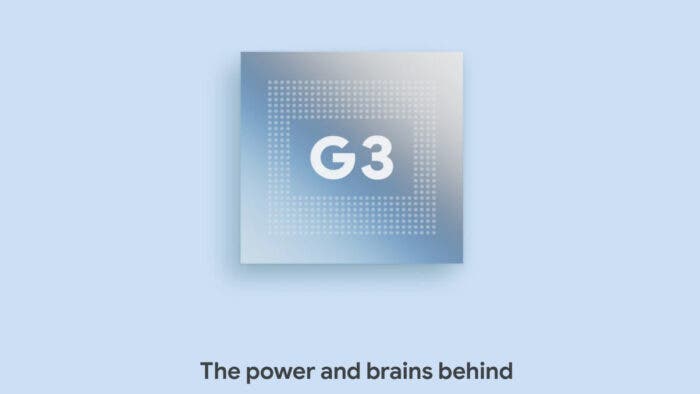Last week, Google unrolled the curtains on the Google Pixel 8 series. And for the chipset of the devices, Google has once again partnered with Samsung. That is, the Tensor G3 found in the Pixel 8 and Pixel 8 Pro are from Samsung’s 4nm fabrication process.
Under the hood, the Tensor G3 features a 9-core CPU configuration. There’s 1 Cortex X3, four A715, and four A510 cores. In terms of the GPU, the Google Pixel 8 series comes with the Mali G710. But the real question is, how good is the GPU?
Well, the benchmark test results of the Tensor G3 are out. And from the numbers, it’s pretty clear that the Google Pixel 8 devices aren’t the best gaming phones that your money can currently buy.
Tensor G3 of Google Pixel 8 Delivers Weak GPU Performance
Overall, the Tensor G3 inside the Google Pixel 8 devices doesn’t hold up well against the competition. The performance across different benchmarking tools is about 1.5 to 2 generations behind. Here’s a closer look:
3DMark Wildlife Extreme
In 3DMark Wildlife Extreme, the Tensor G3 doesn’t do so well. It’s about as fast as the Apple A14, which is a chipset from 2020. What’s more interesting is that the GPU of G3 is slower than the Snapdragon 8 Gen 1, which was launched two years back.
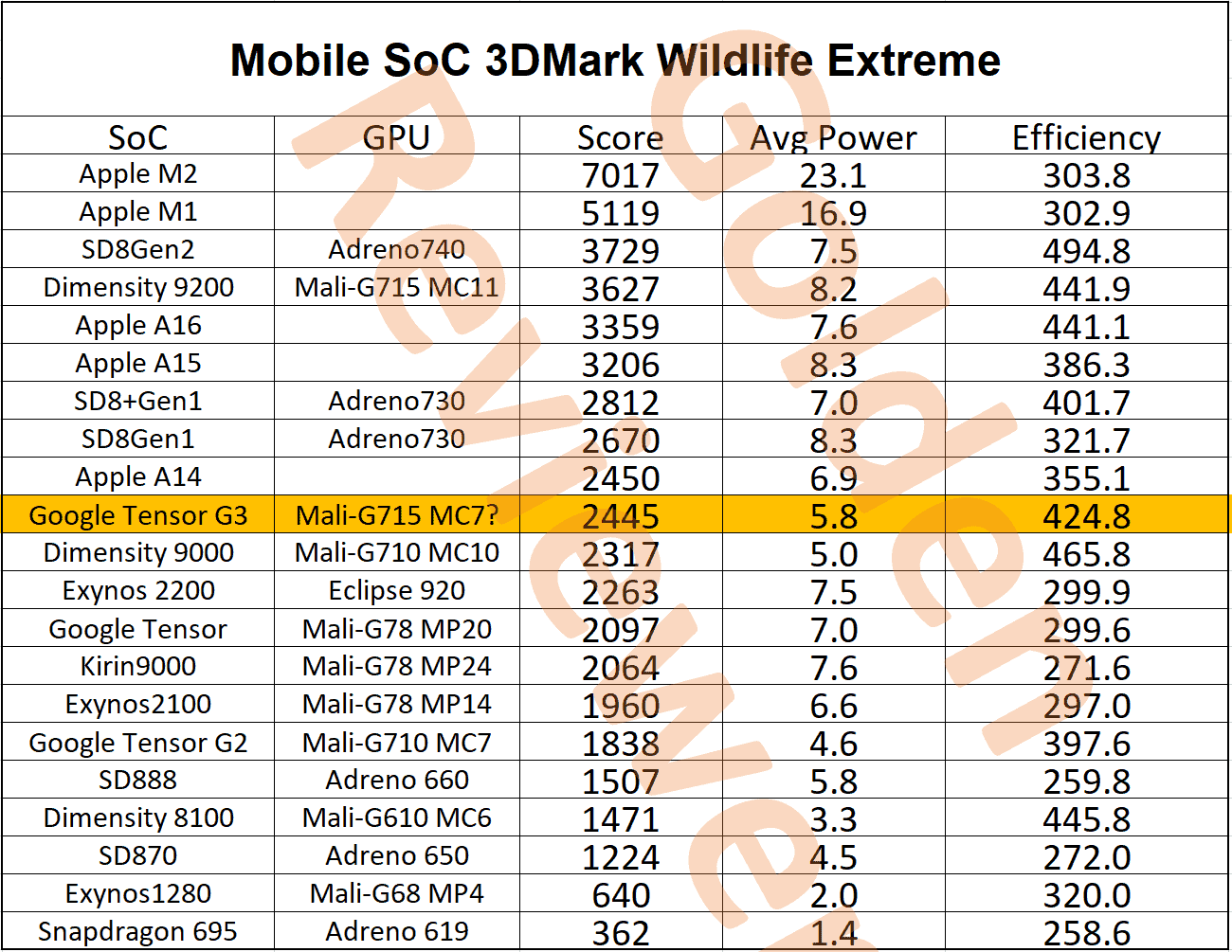
As you can see from the comparison table picture attached above, the Tensor G3 of Pixel 8 and Dimensity 9200 share the same GPU. That MediaTek chipset comes with Mali-G715, and it features 11 compute units. However, the Dimensity chipset outperforms the new Tensor SoC by a wide margin.
But they are not identical, as the Dimensity 9200 was fabbed on TSMC’s 4nm node. Also, the Google Pixel 8 SoC features 7 compute units.
GFXBench
On GFXBench Aztec, the Dimensity 9200 once again reigns over the Tensor G3 of Pixel 8. As you can see from the picture attached below, the G3 offers about half the frame rate in the test. In addition, the Tensor draws nearly double the power of the Dimensity 9200.
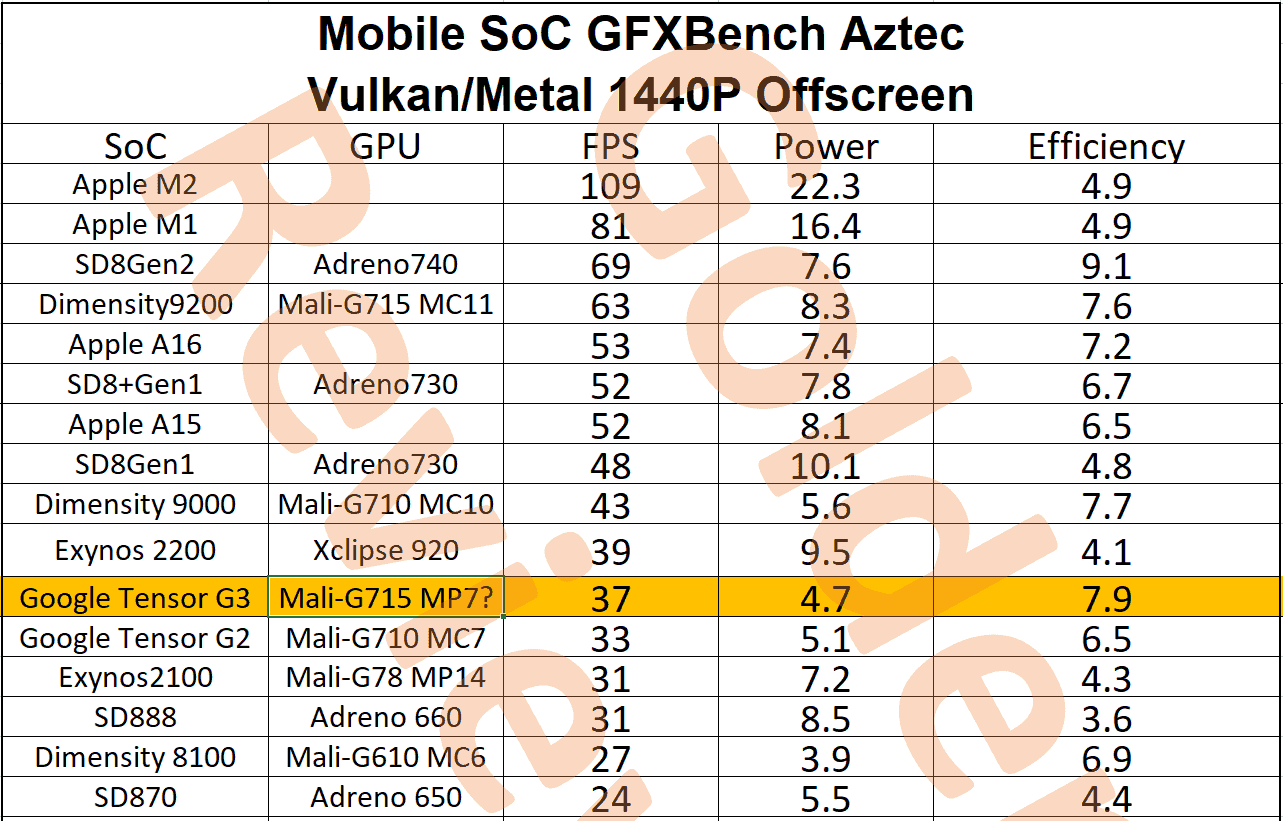
But on GFXBench test V3.1, the gap between the Tensor G3 and Dimensity 9200 narrows down by a bit. Still, the power draw of the chipsets is the same in this test.
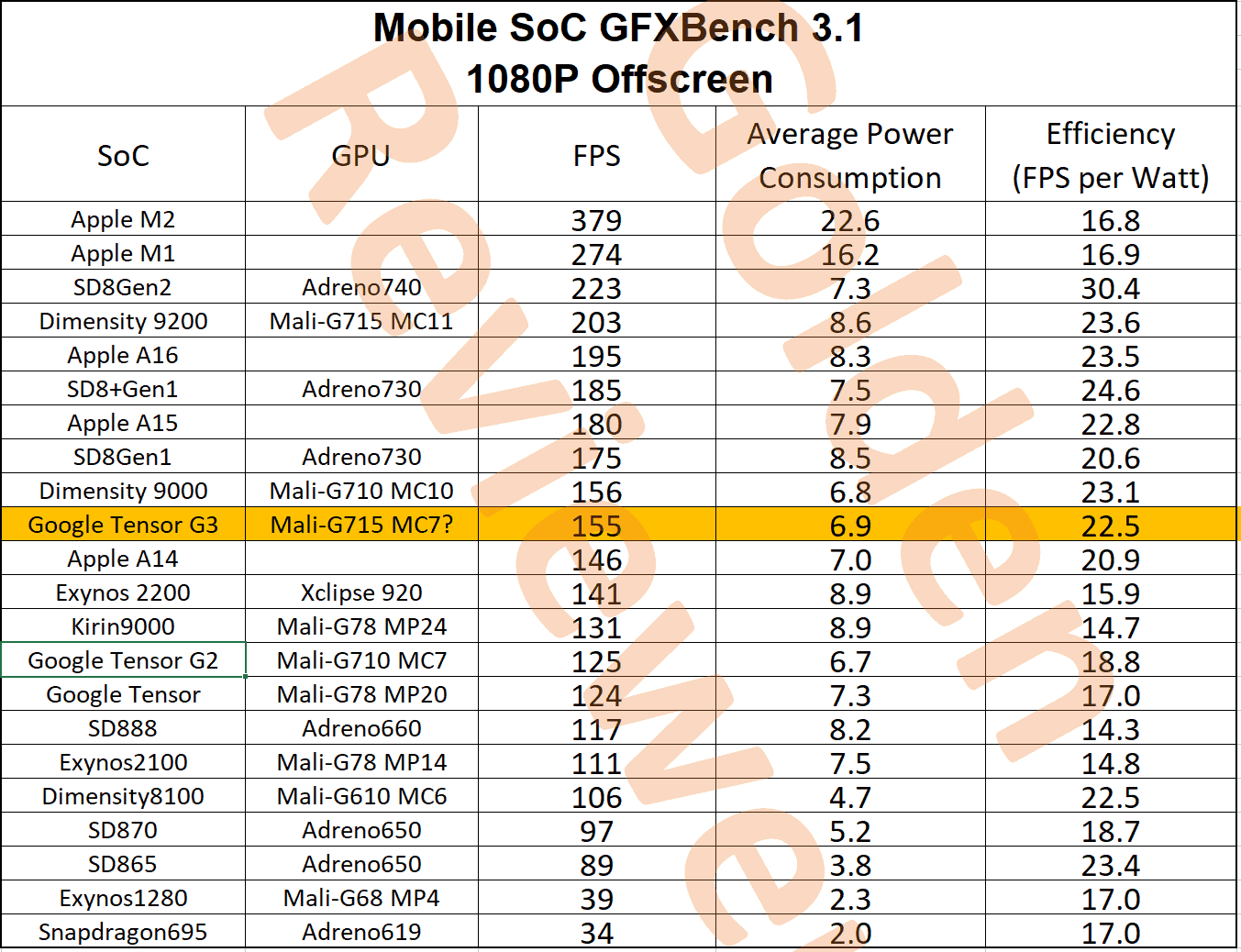
Meanwhile, the Snapdragon 8 Gen 2, which is the current Android flagship chipset, offers about double the FPS in Aztec. It even gets better efficiency scores across the board.
What Does This Mean for Pixel 8 and the Upcoming Android Flagship Chipsets
As the test results from different benchmarking tools show, the Google Pixel 8 isn’t competitive against the current flagship in terms of performance. It only offers a slight improvement over the Tensor G2 found in the Pixel 7 series.
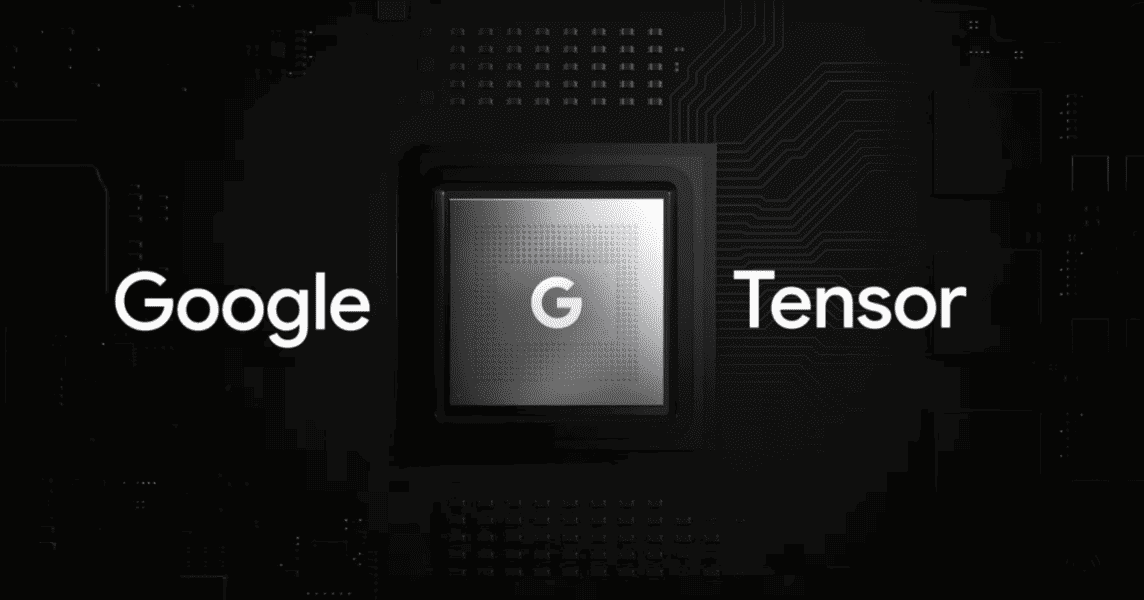
This is bad news for the current Google Pixel flagships, as the Dimensity 9300 and Snapdragon 8 Gen 3 are just around the corner. Both these upcoming flagship chipsets will be unveiled before the end of this year. And seeing how poor the GPU performance of the Tensor G3 is, it’ll be way behind the two future flagship chipsets.
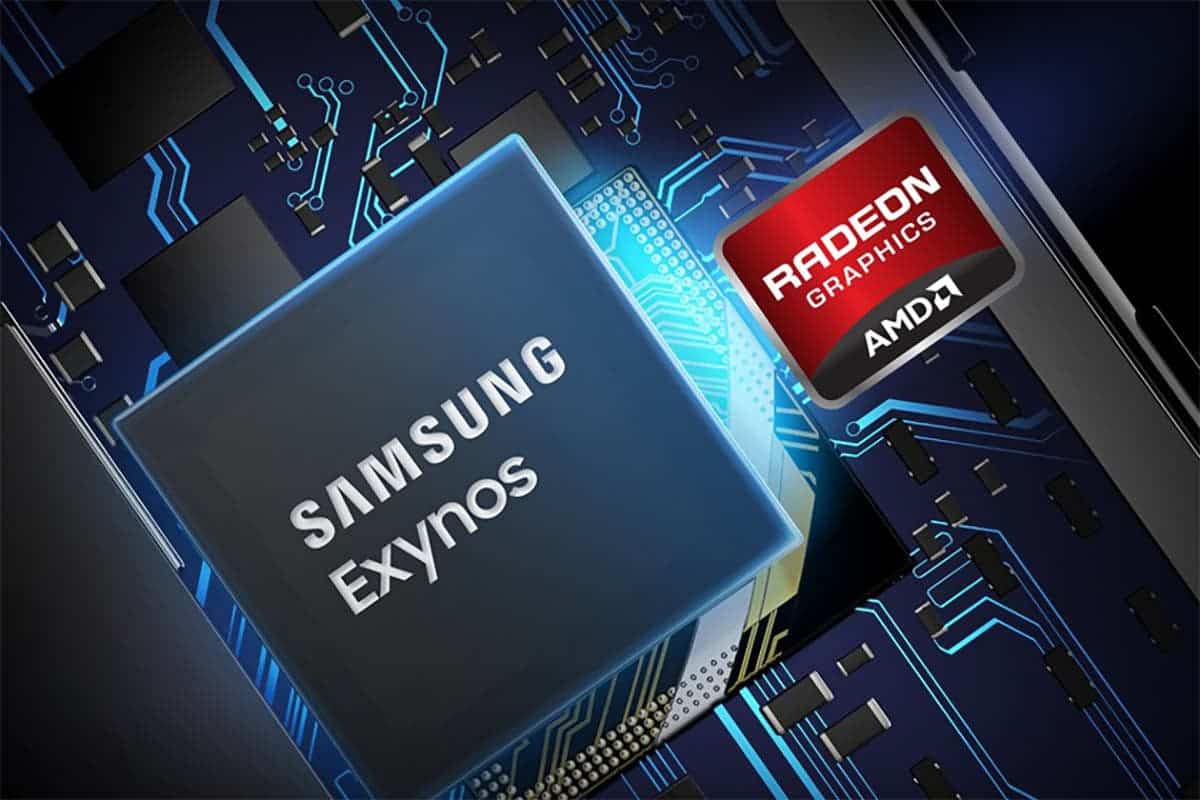
On that note, the node disadvantage is a piece of bad news for the Samsung Exynos 2400. But it’s worth noting that Samsung integrated RDNA 3-equipped GPU into that chipset. So, the architectural advantage could keep the Exynos 2400 in the game.
![]()
For Google Pixels, it seems that the significant performance gap between the current flagships will continue unless Google ditches Samsung’s foundry. And judging by the current state of Google, that’s unlikely to happen anytime soon.

